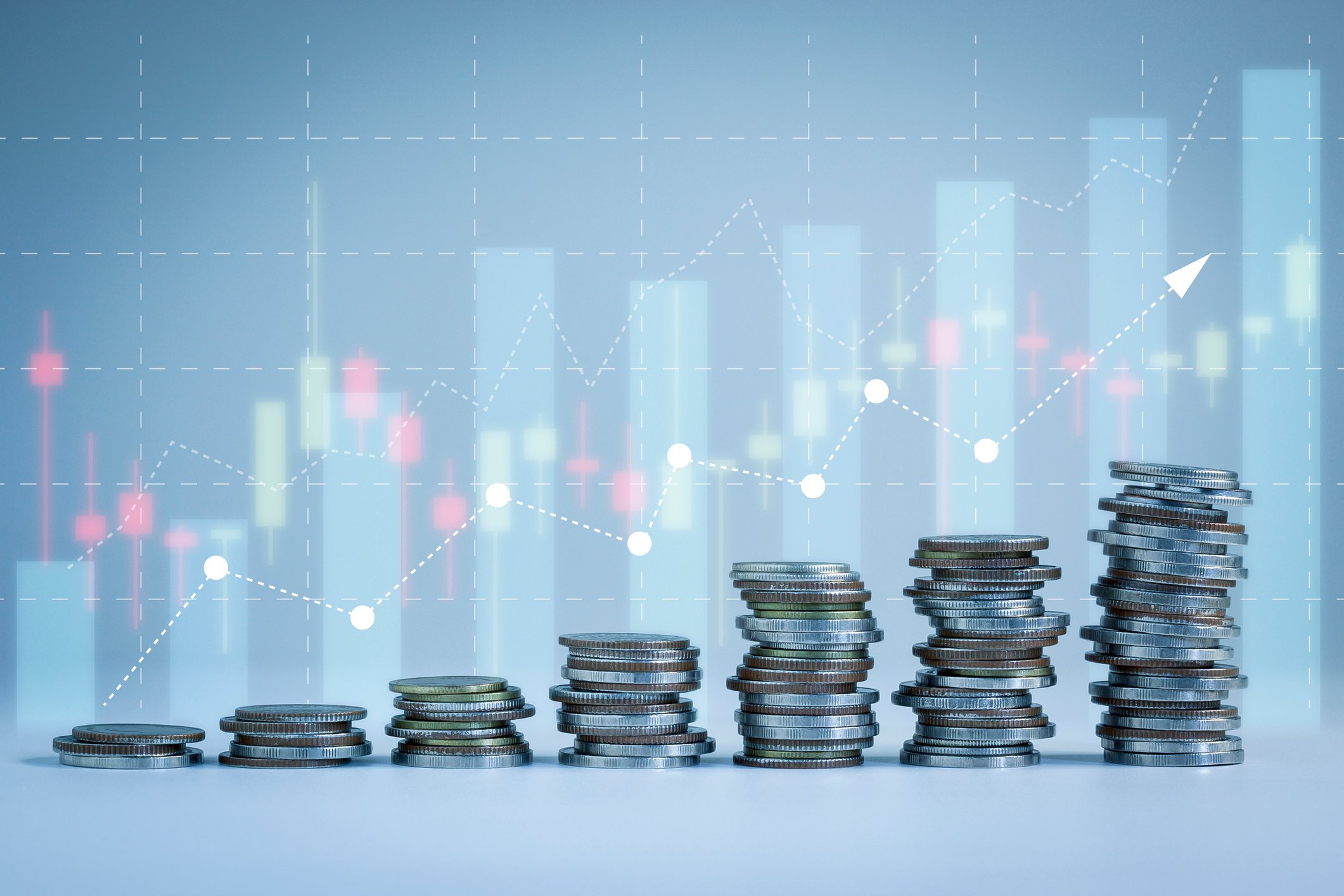Kinder Morgan (KMI 0.48%) is one of the largest and most diversified midstream companies in North America. As a dividend-paying stock, it has a bit of a checkered past, notably including a 75% payout cut in 2016. It's working its way back from that, but the company's decisions over the past couple of years and what it's likely to do over the next year may not be indicative of the long-term trend.
That was then, this is now
In late October 2015, Kinder Morgan reported earnings and boosted its dividend by 16% year-over-year. At the time, management also stated that it expected to lift its declared dividend by a further 6% to 10% in 2016. But in early December, it announced it was cutting the quarterly dividend from $0.51 per share to $0.125 per share.

Image source: Getty Images
The truth is, that dividend cut was probably the best move for the company, which had to decide between funding its growth plans or maintaining the payout. Investors counting on that dividend, however, would have been blindsided, and it would be completely appropriate for income investors to have trust issues with Kinder after that event. Notably, a key factor in the dividend cut decision was that up to that point, Kinder had been aggressively using leverage, relative to its peers.
The dividend sat at $0.125 for nine quarters as Kinder Morgan worked to get its financial situation back on track. It reduced leverage -- though it's still more heavily leveraged than peers like Enterprise Products Partners (EPD +0.56%). And in mid-2017, Kinder Morgan announced a longer-term plan for its payout -- it would raise the dividend by 60% in 2018, 25% in 2019, and another 25% in 2020. At this point, the plan has roughly one more year to go.
That's great, then what?
Kinder Morgan is a well-run company, operationally speaking. Management simply got a little too heavy-handed with leverage and that strategy came back to bite them when capital markets got tight. And the last couple of years have been rewarding for income growth investors. However, if you are looking at the stock today there are some questions that you need to ask.
For example, Kinder has promised to increase its dividend by 25% in 2020. What will that actually do for the stock? Right now, the yield is 4.8%, compared to the roughly 6.1% you could get from Enterprise. But if you use the $1.25 per share per year target dividend for 2020, the yields on offer are basically the same 6.1%. In other words, that upcoming dividend hike is probably priced into the stock already. So there's no particular reason to expect that increase, when it arrives, will move the share price at all.
Then there's the question of what will happen in 2021 and beyond? Kinder Morgan has been increasing the dividend at fairly impressive rates specifically to erase the impact of the 2015 cut. Investors shouldn't expect management will keep boosting it by 25% a year -- and the company hasn't suggested that it will. There's a range of possibilities for what it might do next, depending on how much capital Kinder puts to work and how much leverage it decides to use. For example, conservative Enterprise's distribution increases have historically been in the low- to mid-single-digit percentage range. More aggressive Enbridge (ENB +0.75%), which has a leverage ratio around that of Kinder's today, has provided increases in the 10% range.
EPD Financial Debt to EBITDA (TTM) data by YCharts
The big reveal for income investors over the next year, then, will be Kinder Morgan's post-2020 dividend growth plans, not the 25% hike that's scheduled for next year. If the company chooses to lift its payout at about the same rate as Enterprise boosts its distribution, most investors would probably be better off shares of the more conservatively run Enterprise. This possibility appears to be priced into the stock. If Kinder grows its dividend as fast as Enbridge, which has a yield of 6.3% today, Kinder would be a little more interesting for income growth investors. But how much more dividend growth would it take to make it worth the risk of buying into a company with heavier leverage -- and one that has already demonstrated its willingness to cut its dividend when times get tough? Enbridge has increased its dividend for 23 consecutive years despite elevated leverage. Investors whose interest in Kinder in part relies on expectations of a high dividend growth rate might be better off taking a look at Enbridge.
Err on the side of caution
Kinder Morgan's dividend plans have been well articulated to the market, and they appear to be priced into the stock. The big issue over the next year won't be the 2020 dividend ... that will be $1.25 per year, and the yield will be around 6.1%, based on the current stock price. What investors really need to consider is what can be expected in the years beyond 2020. At this point, most income investors should err on the side of caution and stick to a financially conservative alternative like Enterprise, which, for the record, has increased its distribution for 22 consecutive years. And if you are willing to take on the risk of owning a more leveraged midstream energy company, then Enbridge's dividend history is a lot more compelling than Kinder's. Either way, Kinder doesn't really stand out.









